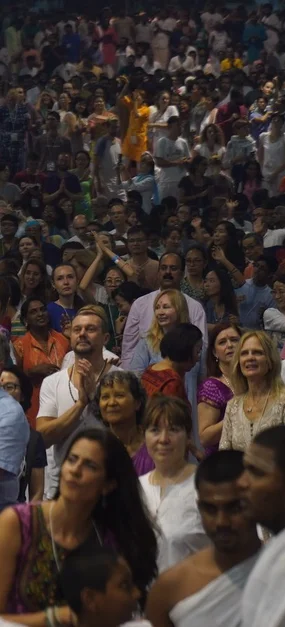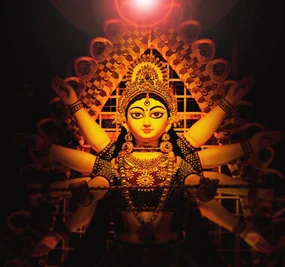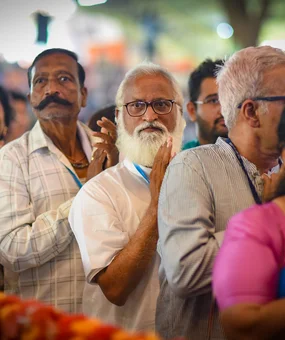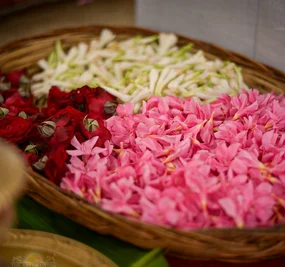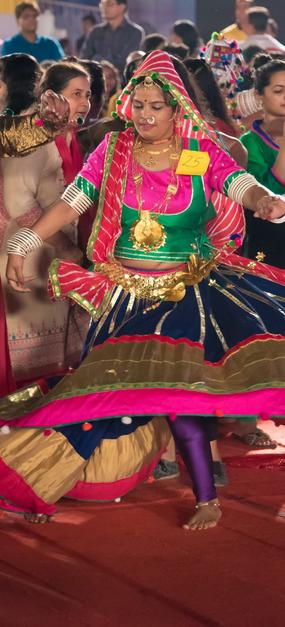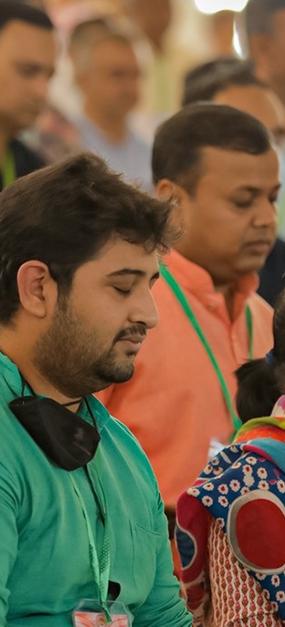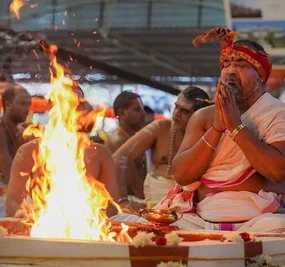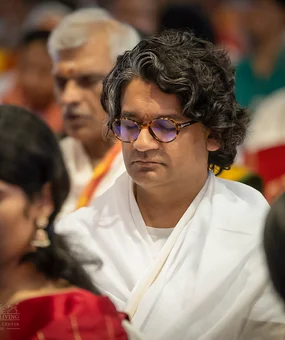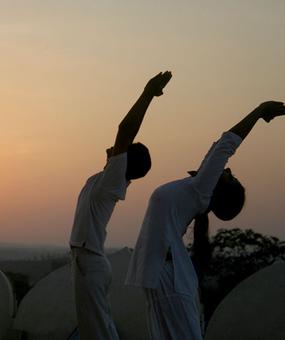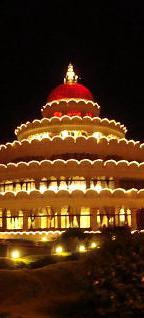Navratri has been a long-standing tradition for all of us with a great amount of religious value attached to it. We also know that Navratri undeniably is one the biggest Hindu festivals celebrated across the nation with great fervor and enthusiasm. However not many would know, that it is celebrated in different seasons, five times a year. They are Chaitra Navratri, Ashadha Navratri, the Sharada Navratri, and the Paush/Magha Navratri. Of these, the Sharada Navratri in the Varsha ritu (onset of autumn) and the Chaitra Navratri in the Vasanta ritu (season of spring) are very important.
Chaitra Navratri
Chaitra navratri is also known as the Vasanta navratri. It usually falls in the month of March or April and marks the first day of the Hindu calendar. It is a grand nine days festival celebrated with great enthusiasm in Northern India. This Navratri is celebrated during the shukla paksha of chaitra masa (hindu calendar month), which is between March and April. Maharashtrians celebrate the first day of this navratri as Gudi Padwa and in Kashmir, it is called as Navreh. This navratri is exuberantly celebrated in Northern and Western India and makes the colorful spring season all the more fascinating and divine.
“Chaitra” means the beginning of a New Year. So the New Year begins with nine days of turning inwards; prayer, meditation, and chanting. Recognising the Divinity in the whole creation, and enlivening that aspect – “Gurudev Sri Sri Ravi Shankar”
Sharad Navratri
This is the most popular and significant Navratri, also called Maha Navratri. It is celebrated during ashwin masa (hindu calendar month) the beginning of winter in September or October. This Navratri is widely celebrated across India. Sharad Navratri is dedicated to nine forms of Maa Shakti – Durga, Bhadrakali, Jagadamba, Annapurna, Sarvamangala, Bhairavi, Chandika, Lalita, Bhavani, and Mookambika.
Navratri also signifies slaying of demon Mahishasura by Goddess Durga and the tenth day is celebrated as Vijayadashami, also the day on which Sri Rama won the battle against Ravana and recovered Sita. In Southern parts of India, the festival includes worshipping of Goddess Lakshmi and Goddess Saraswati.
Special homas (fire ritual) are organised, abhishekas (pouring libations) are performed and pujas (worship with prayers and flower offerings to deity) are conducted during the period . People celebrate both these festivals through fasting, meditating and worshiping the nine forms of the goddess.While some people fast for all nine days, others observe the fast for the first and the last day to celebrate the onset and the end of the festival.



